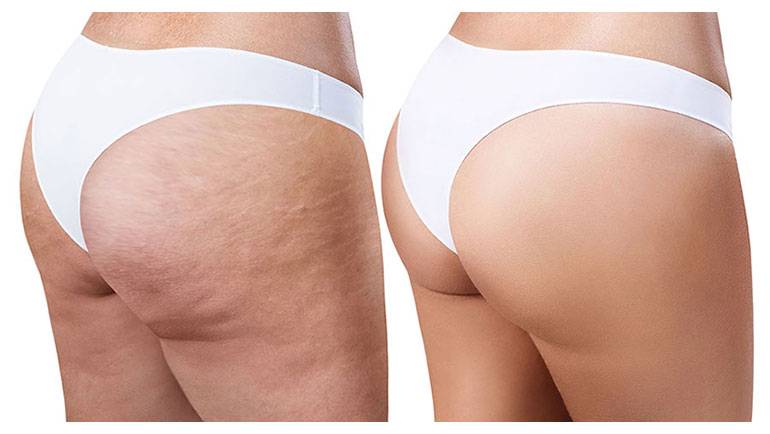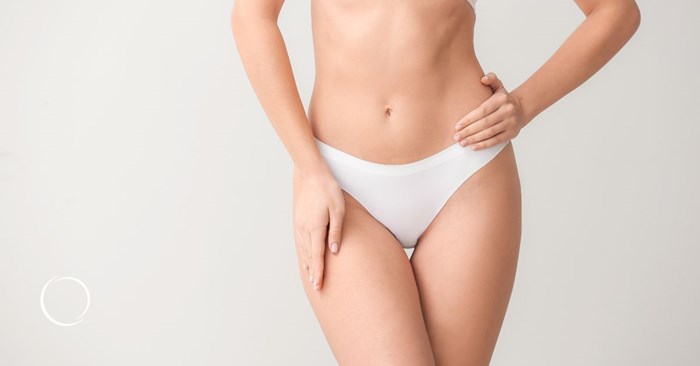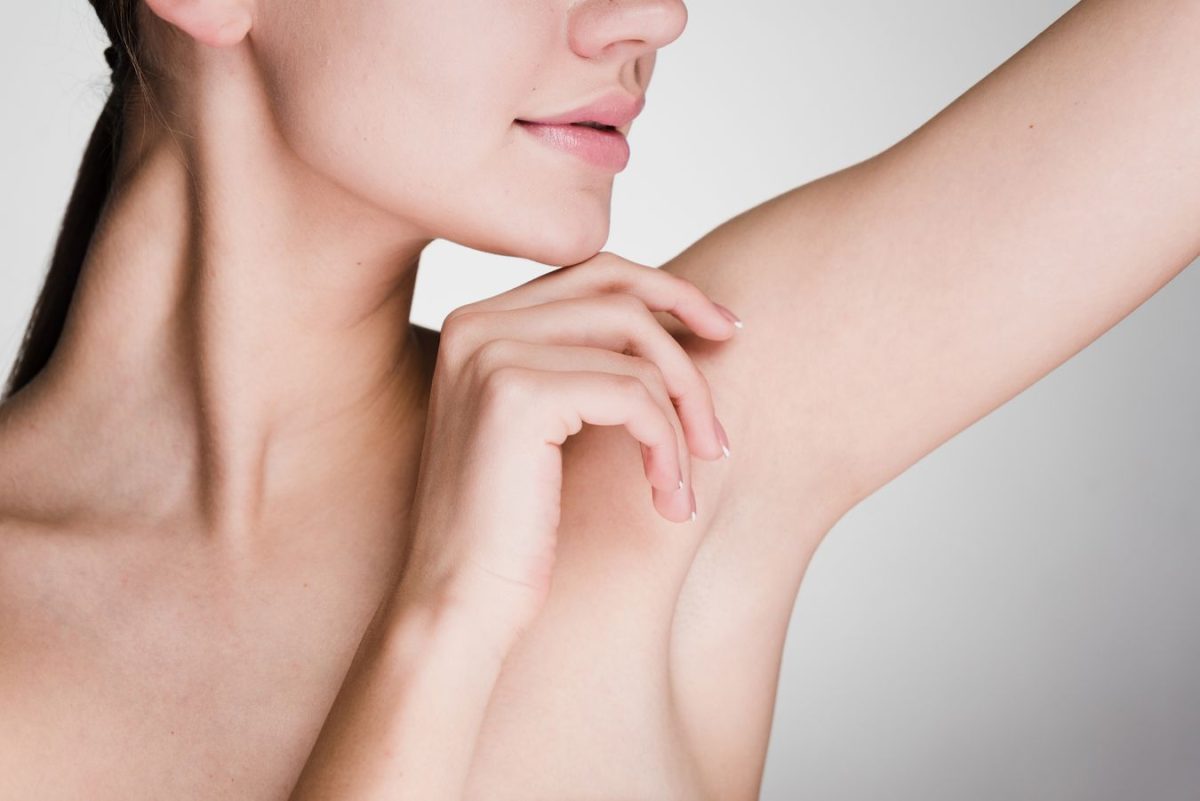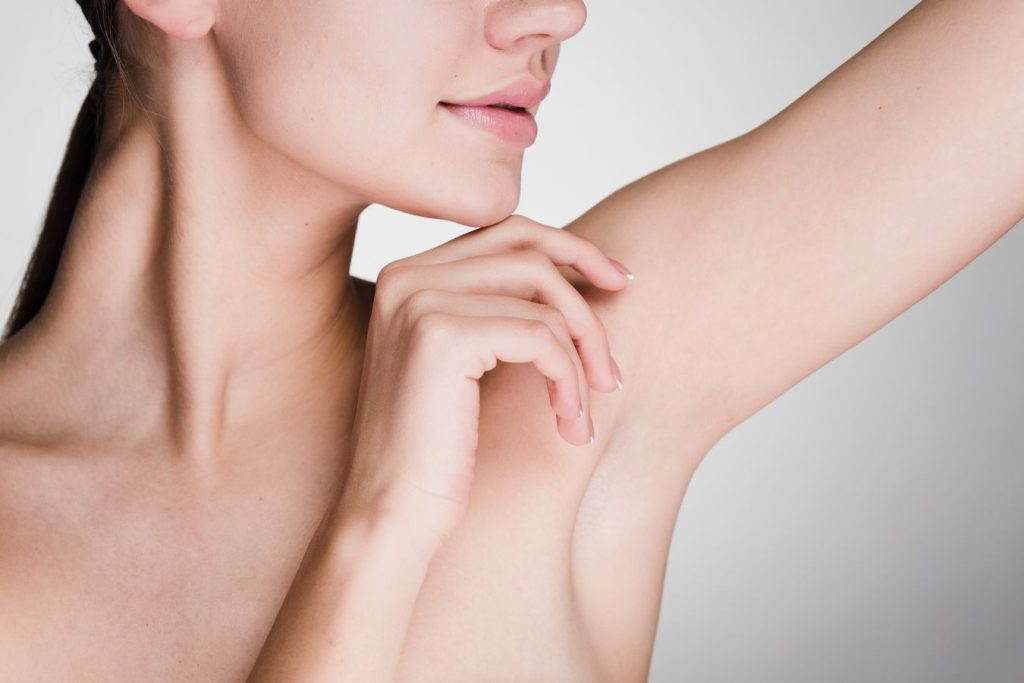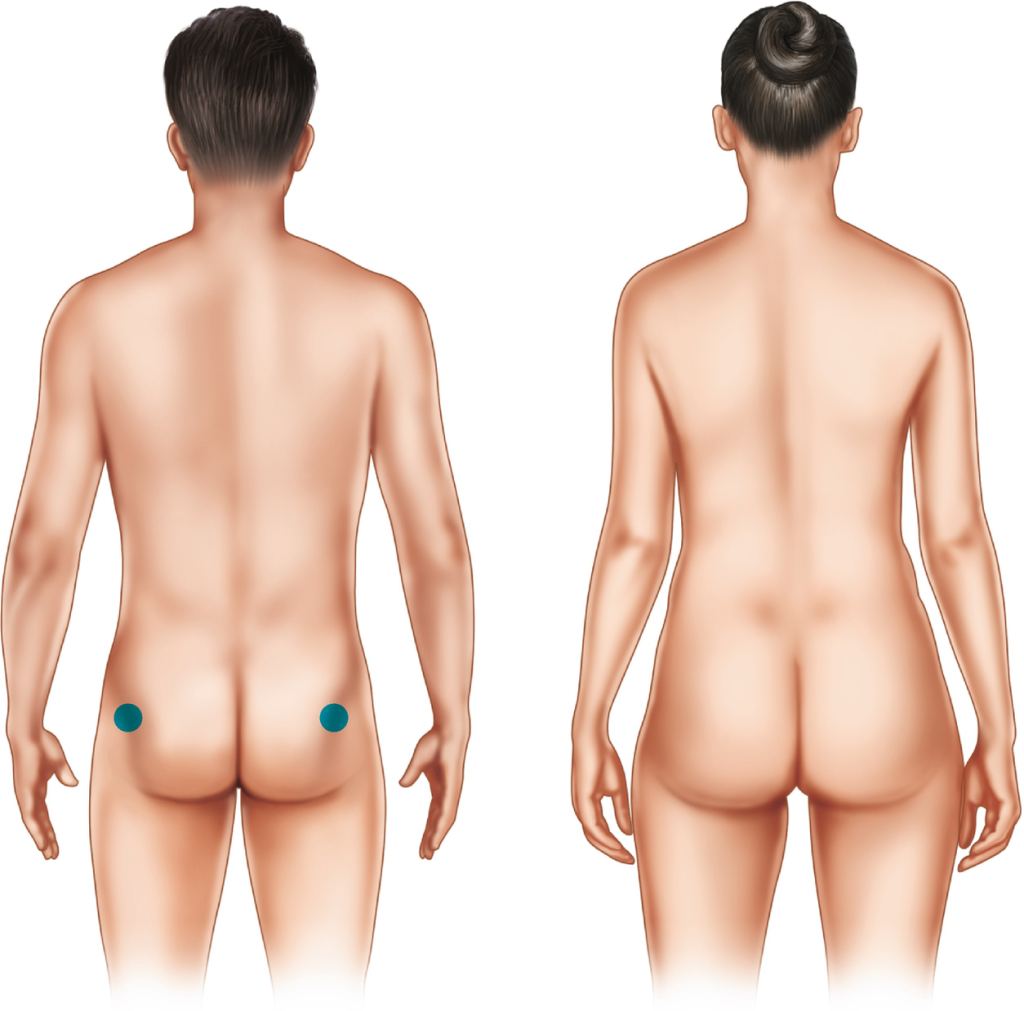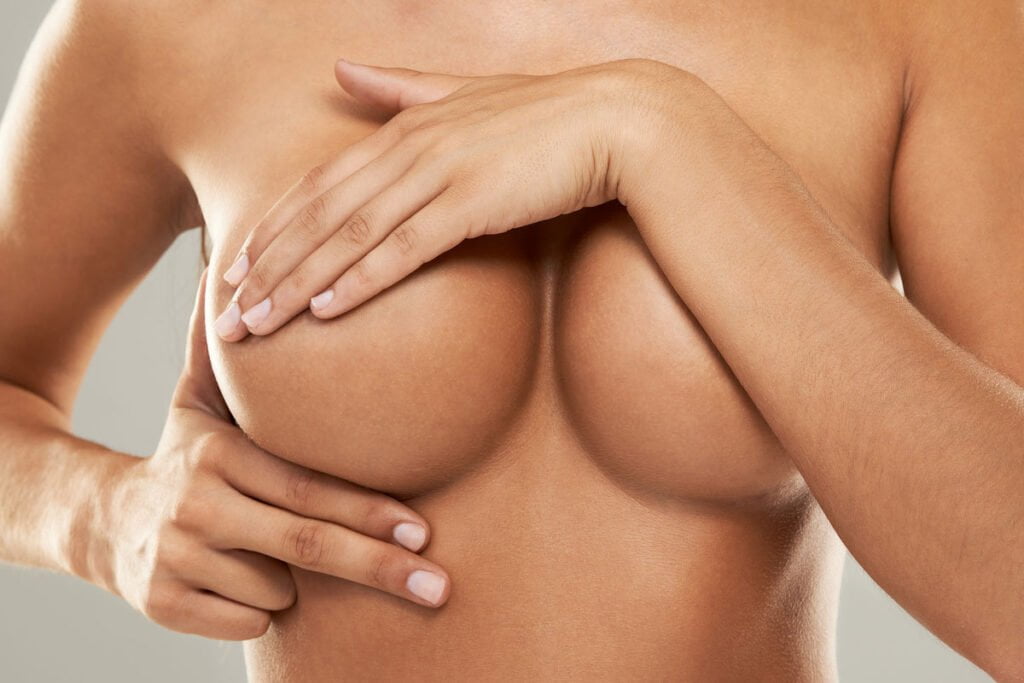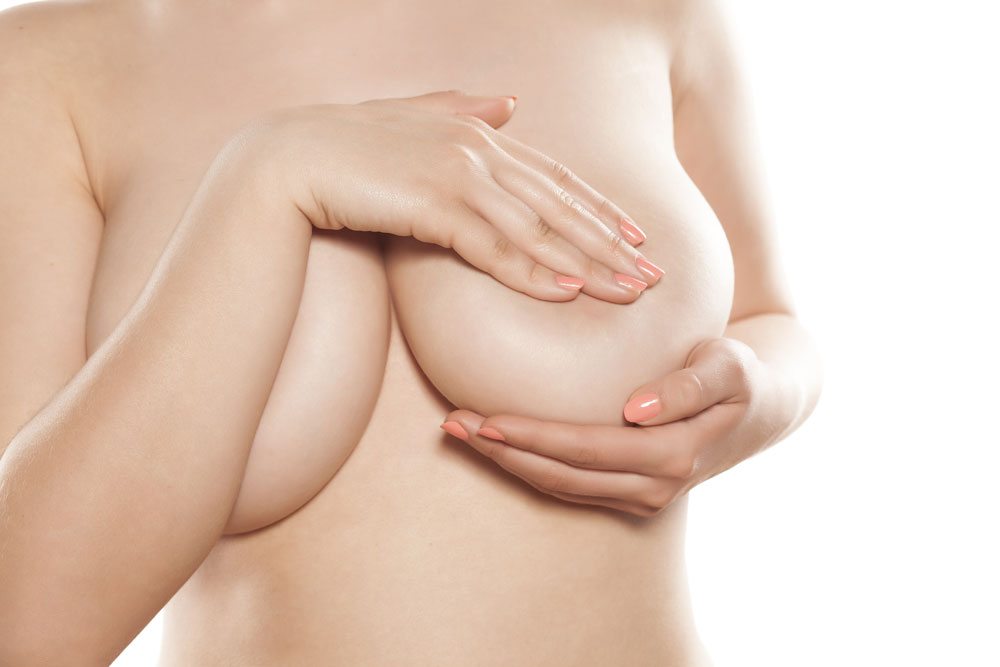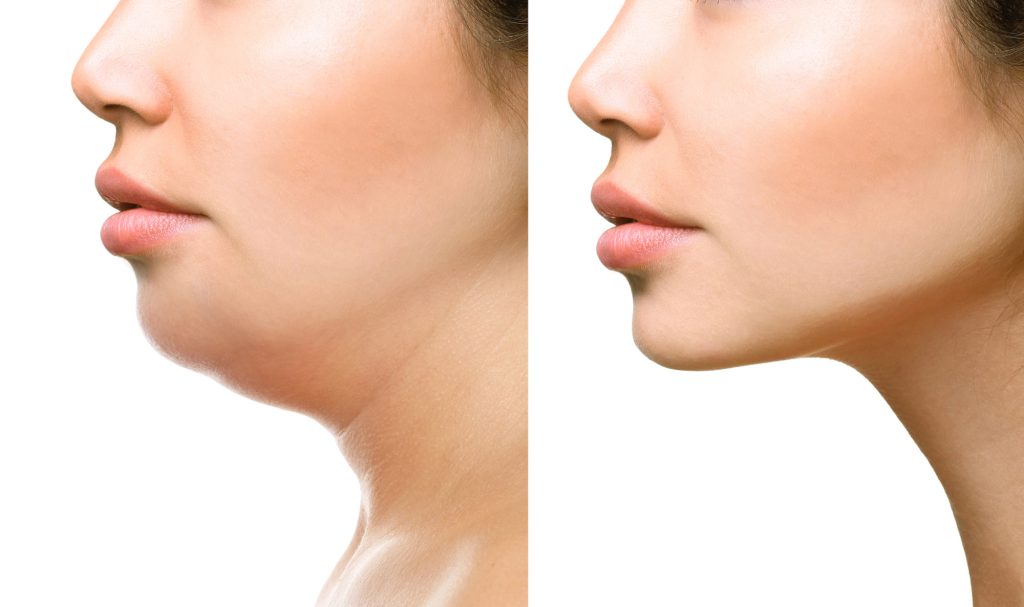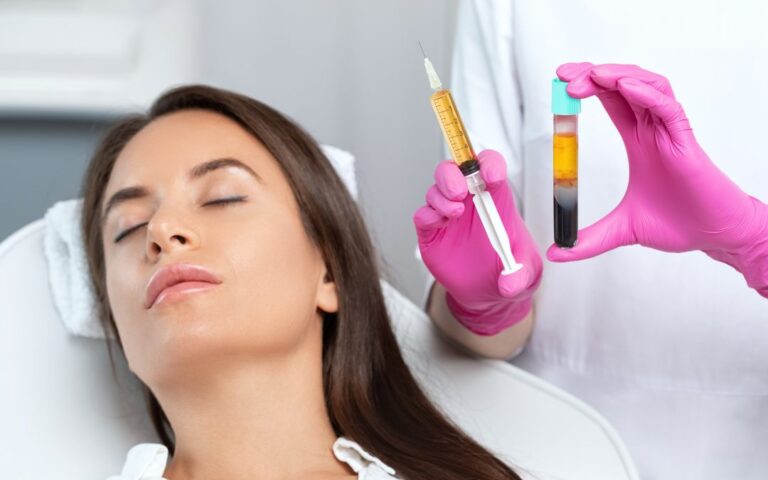Ever wondered how to achieve smoother skin without invasive procedures, plastic surgery, or cosmetic treatments? Endermologie for smoother results might be the answer. This innovative technique uses mechanical stimulation, such as lipomassage and lpg massage, to reduce cellulite and improve skin texture through a gentle procedure known as treatment face endermologie. It’s non-invasive, painless, and offers visible results for skin rejuvenation, cellulite dimples, and toned skin after just a few sessions.
In this post, we’ll dive into the benefits of endermologie, including skin rejuvenation, how it works, and what you can expect from the treatment. Whether you’re struggling with stubborn cellulite or just want to enhance your skin’s appearance, endermologie with LPG could be your secret weapon for natural fat release and age-defying results. Stay tuned to learn why this method is gaining popularity and how it can help you achieve your beauty goals, including addressing cellulite dimples and age-related concerns.
Explaining Endermologie and LPG Massage
Definition
Endermologie is a non-surgical, FDA-cleared technology. It is used for body contouring and cellulite reduction. The treatment uses a specialized device to massage the skin and reduce cellulite dimples.
History
Louis-Paul Guitay developed the Endermologie device to target cellulite dimples in the 1980s. He created it after a car accident left him with severe injuries. The original purpose was to treat scars and burns. Over time, it showed benefits for reducing cellulite and improving skin texture.
How It Works
The treatment combines deep-tissue massage with suction. The massage tool has rollers that knead the skin. Suction lifts and stretches the tissue. This process stimulates fat breakdown and firms the skin.
Benefits
Endermologie offers several benefits:
-
Reduces cellulite
-
Improves skin elasticity
-
Enhances blood flow
-
Promotes lymphatic drainage
Many people see smoother skin after multiple sessions.
LPG Massage
LPG massage is another name for Endermologie. It stands for Louis-Paul Guitay, the inventor’s initials. This type of tissue massage is popular for its non-invasive approach.
Lipomassage
Lipomassage is a similar technique. It targets localized fat deposits. Like Endermologie, it uses rollers and suction. The goal is to reshape the body and smooth out problem areas.
Technical Details
The device used in Endermologie treatments is advanced. It has adjustable settings to customize the intensity. Treatments typically last about 35 minutes. Patients usually need 6-10 sessions for noticeable results.
Real-Life Example
Consider Jane, who struggled with cellulite on her thighs. After eight sessions of Endermologie, she noticed significant improvement. Her skin felt firmer, and she had more confidence wearing shorts.
Benefits of Endermologie Treatments
Cellulite Smoothing
Endermologie helps reduce cellulite. The treatment uses tissue massages to break down fat cells. This leads to smoother skin. Many people see noticeable results after a few sessions.
The process targets stubborn areas. It works on thighs, buttocks, and abdomen. This makes it easier to achieve a more toned look.
Improved Circulation
Another benefit is improved blood flow. The mechanical massages stimulate circulation. Better blood flow means healthier skin.
Improved circulation can also help reduce swelling. It aids in flushing out toxins from the body.
Collagen Production
Endermologie boosts collagen production. Collagen is vital for skin elasticity. As we age, collagen levels drop, causing sagging skin.
The treatment encourages the body to produce more collagen. This helps maintain firm and youthful skin over time.
Skin Tightening
Skin tightening is another advantage. The technique firms up loose skin areas. This is particularly useful after weight loss or pregnancy.
The non-invasive nature of Endermologie makes it appealing. There is no downtime needed for recovery.
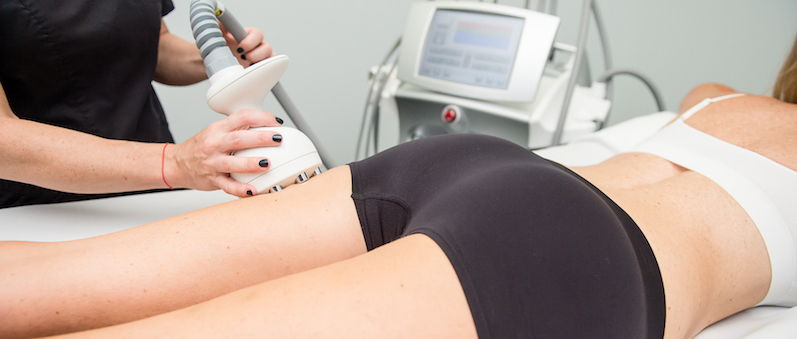
Pain-Free Treatment
Endermologie is pain-free. Unlike some other beauty treatments, there is no discomfort involved. This makes it suitable for people with low pain tolerance.
Patients often describe the sessions as relaxing. The gentle massaging action feels soothing on the skin.
Compatibility with Other Procedures
Endermologie works well with other body contouring treatments. It can be combined with procedures like liposuction or CoolSculpting.
This compatibility offers a holistic approach to body sculpting. Combining treatments can lead to better overall results.
Conditions Treated by Endermologie
Cellulite Reduction
Endermologie primarily targets cellulite reduction. This non-invasive treatment smooths the skin and reduces the appearance of cellulite dimples. It works on various forms of cellulite, including fibrous cellulite and orange peel cellulite. By stimulating the skin’s surface, Endermologie increases blood flow and promotes lymphatic drainage.
Muscle Pain Relief
Endermologie also helps relieve muscle pain. The treatment involves mechanical massage that relaxes tight muscles. Many athletes use it to recover from intense workouts. It enhances circulation, which speeds up healing. People with chronic pain conditions can find relief through regular sessions.
Poor Circulation
Poor circulation can cause swelling and discomfort. Endermologie improves blood flow throughout the body. Increased circulation delivers more oxygen and nutrients to tissues. This can reduce swelling and improve overall health. Patients often notice a feeling of lightness after sessions.
Lymphedema Management
Lymphedema is a condition where excess fluid collects in tissues, causing swelling. Endermologie helps manage this condition by promoting lymphatic drainage. The mechanical action of the treatment moves fluid out of swollen areas. Regular treatments can reduce swelling and improve mobility.
Skin Rejuvenation
Endermologie also contributes to skin rejuvenation. The treatment stimulates collagen production, making the skin firmer and smoother. It can address thinning skin and improve its texture. Over time, patients see a noticeable improvement in skin tone and elasticity.
Specific Skin Conditions
e specific skin conditions benefit from Endermologie as well. For example, it can help with scars or stretch marks by improving skin texture and elasticity. The increased circulation aids in healing these areas faster.
Cosmetic Improvements
Besides medical benefits, Endermologie offers several cosmetic improvements. It can be used as a treatment face endermologie to enhance facial contours and reduce fine lines. The treatment is popular for its ability to provide a natural lift without surgery.
What to Expect During Treatment
Preparation
Patients will need to wear a special bodysuit. This suit helps the handheld massage tool glide smoothly over the skin. It also ensures hygiene and comfort during the session. The provider will explain how to wear the suit properly.
Session Duration
Each endermologie session lasts between 15 to 30 minutes. The treatment is gentle, so it does not cause pain. Unlike surgery or painful procedures, endermologie is non-invasive. Patients can relax during the entire process.
The Treatment Process
The provider uses a handheld massage tool during the treatment. This tool performs a rolling and suction action on the skin. The action stimulates blood flow and helps in reducing the appearance of cellulite. It also promotes lymphatic drainage, which removes excess water from cells.
Immediate Post-Treatment Experience
After the treatment, patients may feel minimal discomfort. There is no required downtime, so normal activities can resume immediately. Some might notice slight redness or warmth in the treated areas. These effects are temporary and should subside quickly.
Number of Sessions
Multiple sessions are often necessary for optimal results. Usually, providers recommend a series of treatments over several weeks. The exact number of sessions depends on individual needs and goals.
Side Effects and Considerations
Mild Side Effects
Endermologie is generally safe. Some people experience mild side effects. Localized bruising can occur, especially in sensitive areas like the thighs. Temporary redness is also common. These effects are usually short-lived.
Swelling may happen after the procedure. It typically subsides within a few hours. Drinking water helps flush out toxins and reduce swelling.
Safety Profile
Endermologie has a strong safety profile. There are no significant risks like infections or bleeding. The device used is non-invasive. Many people find it a comfortable procedure.
The treatment boosts circulation without breaking the skin. This reduces the risk of complications. Most people tolerate Endermologie well.
Post-Treatment Care
Proper post-treatment care minimizes side effects. Staying hydrated is crucial. Water helps eliminate toxins released during the procedure.
Avoiding heavy exercise right after treatment can prevent additional swelling. Gentle activities like walking are fine.
Wearing loose clothing helps reduce irritation in treated areas. Tight clothes might aggravate redness or bruising.
Good Candidate
Not everyone is a good candidate for Endermologie. Pregnant women should avoid this treatment. People with certain medical conditions should consult their doctor first.
Individuals with skin infections or open wounds should wait until these issues heal. Those with severe circulatory problems should seek medical advice before proceeding.
Benefits vs. Risks
The benefits of Endermologie often outweigh the mild side effects. The procedure improves skin texture and reduces cellulite appearance. Many people report feeling more confident after a series of treatments.
Treatment Frequency for Optimal Results
Session Recommendations
Endermologie treatments are typically 15-30 minutes long. For optimal results, a series of sessions is recommended. Most experts suggest starting with two sessions per week. This frequency helps to kick-start the process and deliver noticeable changes.
After the initial phase, the frequency can be reduced. Maintenance sessions once a month can help sustain the results. Consistency in attending these sessions is crucial for long-term benefits.
Tailored Frequencies
Individual needs and desired results play a significant role in determining treatment frequency. Factors like genetics, beauty goals, and lifestyle habits affect how often one should undergo endermologie.
For example, someone with stubborn cellulite might need more frequent sessions initially. On the other hand, someone looking to maintain smooth skin may require fewer treatments. It’s essential to consult with a professional to create a personalized plan.
Importance of Consistency
Consistency is key in achieving and maintaining smoother results with endermologie. Regular sessions ensure that the skin continues to improve over time. Missing appointments can slow down progress and reduce the effectiveness of previous treatments.
In addition to regular sessions, maintaining a healthy diet and staying hydrated can enhance results. Proper nutrition supports skin health and complements the effects of endermologie.
Longevity of Smooth Results
Regular Maintenance
Regular maintenance sessions are crucial. Endermologie treatments can last several weeks. Most patients see smooth skin for up to a month.
Maintenance sessions every 4-6 weeks help sustain results. This schedule helps maintain skin elasticity and tone.
Lifestyle Factors
Lifestyle factors play a big role. A healthy diet and regular exercise extend the benefits. Eating balanced meals supports overall skin complexion.
Exercise promotes natural fat release. It prevents subcutaneous fat from building up again. Staying active keeps the skin firm.
Ongoing Care Routines
Ongoing care routines are important. Follow-up treatments keep the skin toned and smooth. These sessions help in maintaining noticeable skin tone.
Regular skincare routines also help. Moisturizing daily keeps the skin hydrated. Hydrated skin looks healthier and smoother.
Cellulite Reduction
Endermologie helps reduce cellulite. Regular treatments break down fat cells. This process leads to a toned look.
To maintain this, avoid habits that cause cellulite. Smoking and excessive alcohol can worsen it. Healthy habits lead to better results.
Debunking Common Myths
Not for Weight Loss
Many believe Endermologie is a weight-loss treatment. This is not true. Endermologie focuses on cellulite reduction and skin smoothing. It does not target fat cells directly.
The procedure uses a mechanical massage device. This device stimulates the skin and underlying tissues. The goal is to improve blood flow and lymphatic drainage.
Endermologie helps reduce the appearance of cellulite. It also makes the skin look smoother. But, it will not cause significant weight loss.
Results Take Time
e expect immediate results from Endermologie. This is another misconception. Visible improvements take time.
Most people need multiple sessions to see changes. Typically, 6 to 10 sessions are required for noticeable results. Each session usually lasts about 35-45 minutes.
The body needs time to respond to the treatment. Patience is essential for achieving smoother skin.
Pain-Free Procedure
There are concerns about pain during Endermologie treatments. However, the procedure is non-invasive and pain-free.
Clients often describe the sensation as a deep tissue massage. There is no need for anesthesia or recovery time.
After a session, clients can return to their regular activities immediately. There is no downtime involved.
Summary
Endermologie offers a non-invasive way to achieve smoother skin and tackle various conditions. With consistent treatments, you can enjoy long-lasting results and improved skin texture. The benefits are clear, from cellulite reduction to enhanced circulation, making it a popular choice.
Ready to give Endermologie a try? Consult with a certified specialist to start your journey towards smoother, healthier skin. Don’t let myths hold you back—experience the real benefits for yourself. Your smoother skin is just an appointment away!
Frequently Asked Questions
What is Endermologie?
Endermologie is a non-invasive treatment using mechanical massage to stimulate skin and reduce cellulite. It promotes smoother, firmer skin.
How often should I get Endermologie treatments?
For optimal results, start with 2-3 sessions per week. Maintenance treatments can be done monthly.
What conditions can Endermologie treat?
Endermologie treats cellulite, loose skin, and poor circulation. It also helps with muscle recovery and lymphatic drainage.
Are there any side effects of Endermologie?
Side effects are minimal but may include temporary redness or mild bruising. Always consult your practitioner for personalized advice.
How long do the results of Endermologie last?
Results vary but typically last several months. Regular maintenance sessions help prolong the smooth results.
What should I expect during an Endermologie session?
Expect a 35-45 minute session where a technician uses a specialized device to massage targeted areas. It’s generally painless and relaxing.
Is Endermologie safe for everyone?
Endermologie is safe for most people. However, consult your doctor if you are pregnant, have certain medical conditions, or take specific medications.



